7. Kiki’s Delivery Service (Hayao Miyazaki, 1989)
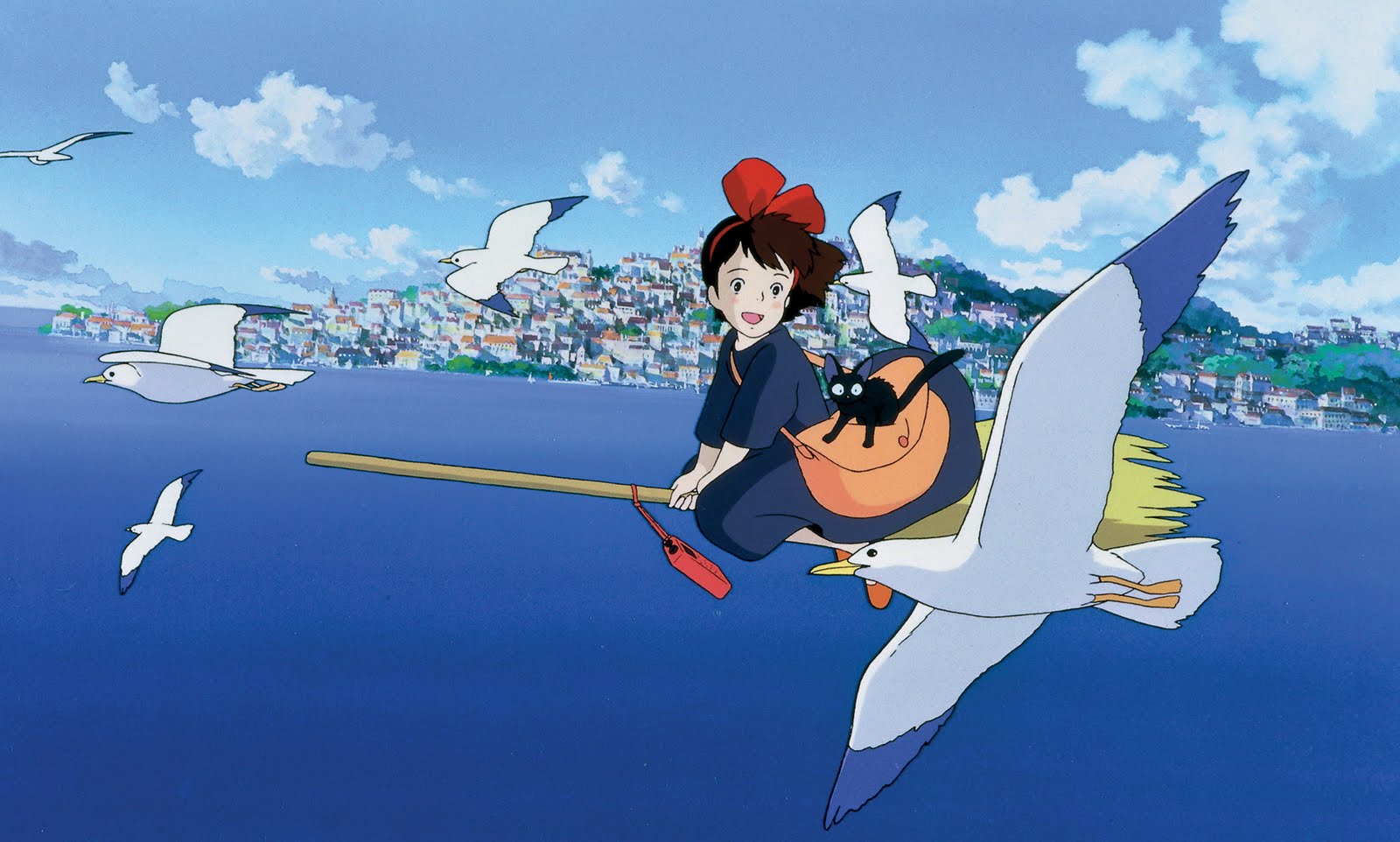
Kiki is a 13-year-old apprentice witch, who, as all witches at that age, must now live for a year on her own. However, the only magic she knows is to how to fly with her broomstick, and there are not many jobs she can take on with just that. Nevertheless, she eventually arrives at the seaside town of Korico, and decides to start a delivery service. Miyazaki once more created a completely new world, this time a 1950s Europe where neither World War ever occurred, and filled it with charm and humor.
The anime falls under the slice-of-life genre, including a number of supernatural notions. Furthermore, the plot line is in the background, with the character development in the foreground. The artwork and animation are sublime as always, with the greatest technical asset being the attention to detail, both in the drawing of the characters and the surroundings.
8. Ninja Scroll (Yoshiaki Kawajiri, 1993)
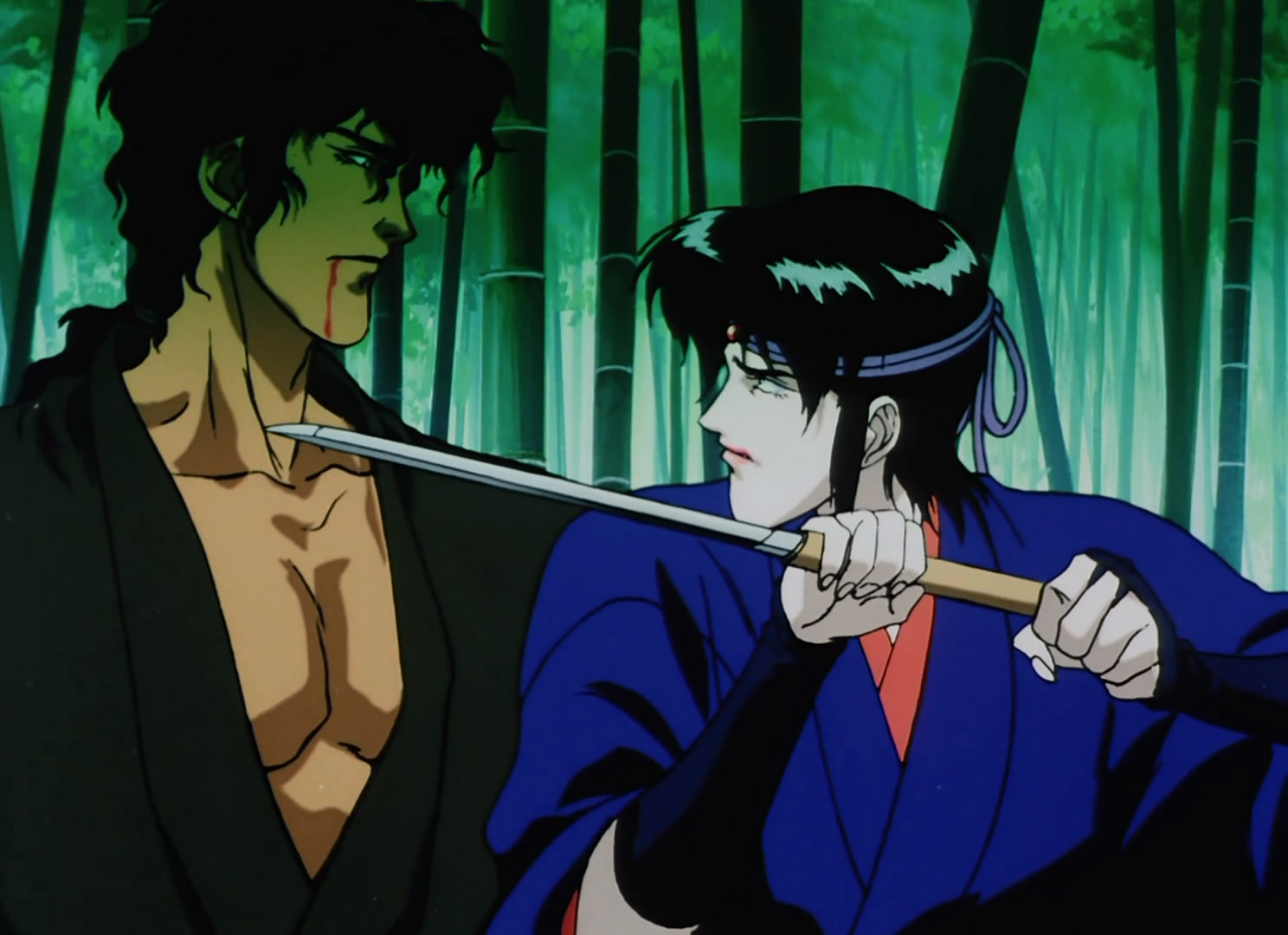
A team of ninjas arrives at a village to investigate an epidemic that killed all of its inhabitants. However, they find themselves ambushed by a monster and end up dead except for a female that the monster takes captive. Juubei, a masterless samurai, saves her but ends up in the middle of a larger case, which results in him having to fight the Eight Demons of Kimon.
Yoshiaki Kawajiri directed an impressive anime that separates itself from the mass of similar titles due to its elaborate script, interesting though perverse characters, astonishing battles, and very graphic depiction of violence, even sexual violence. Furthermore, the animation, which also includes some Western elements, is fast, fluid and overall splendid, although in a title that is exclusively addressed to adults.
9. Patlabor 2: The Movie (Mamoru Oshii, 1993)
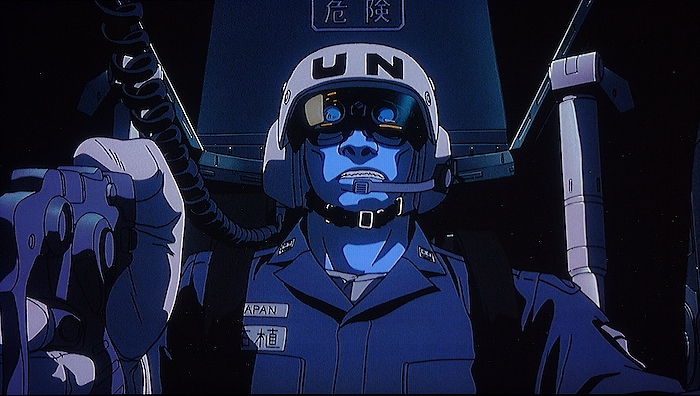
The first anime that defined Mamoru Oshii’s distinct mixture of cyberpunk and sociopolitical context appeared in this sequel, which focuses on Chief Goto, instead of the whole Patlabor squad, as was the case with the original. A new terrorist group has appeared, whose leader seems to be a former lover of one of the members.
After a missile is fired upon a major Tokyo bridge, the government approaches Goto and asks him to help them capture the man behind the attack, and he reluctantly agrees. However, as the story progresses, he finds out that there is more to the case than what the government revealed and eventually has to reassemble the old team in order to face the issue. The second film is far more serious than the first, chiefly due to its protagonist, who was the most serious member of the team.
This lack of comedy allowed Oshii to focus on exploring his political and philosophical notions in anime that could be easily characterized as political thriller. From a technical point of view, “Patlabor 2” is exquisite, particularly due to the detail in the drawing of characters, mecha, and the environment. Furthermore, the animation is solid, focusing on realism and the smooth blending of the characters to their dark, industrialized surroundings.
10. Ghost in the Shell (Mamoru Oshii, 1995)
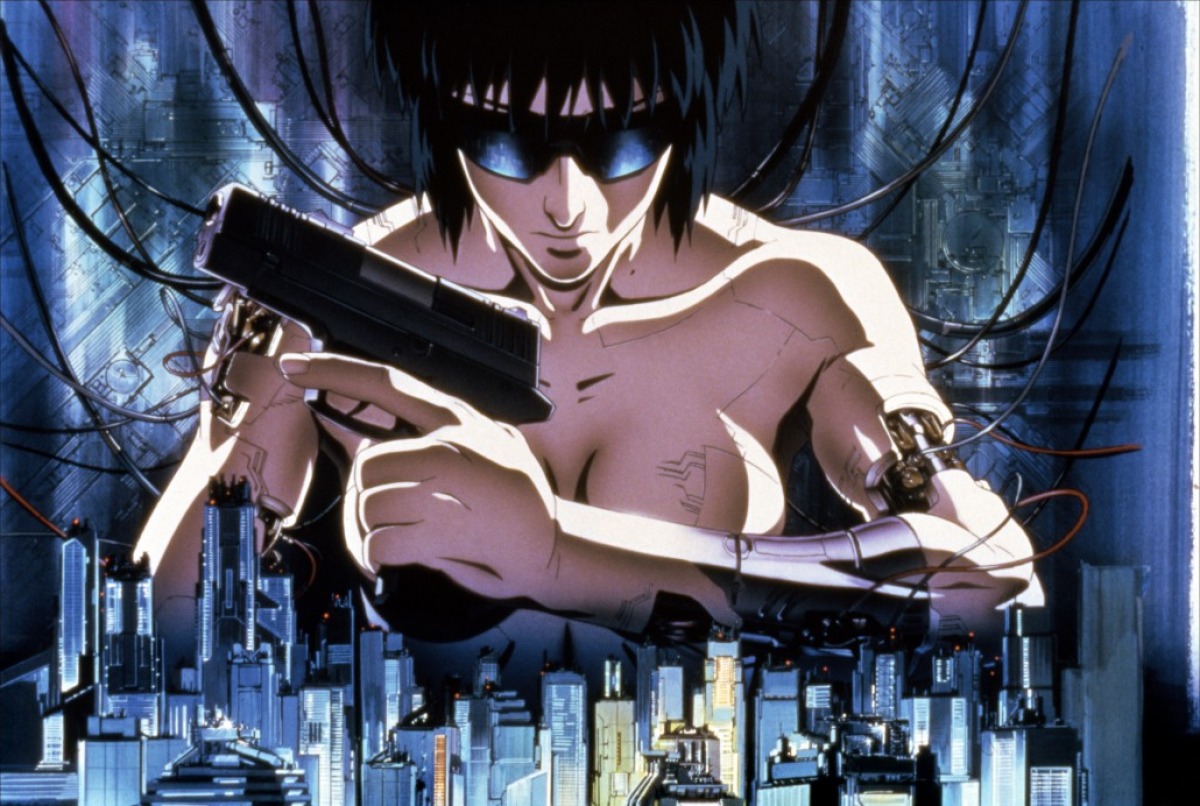
Based on the homonymous manga by Masamune Shirow, “Ghost in the Shell” established cyber-punk as one of the main themes of the genre. The anime takes place in 2029, when the world is connected through a vast electronic network that has access to all aspects of life. Motoko Kusanagi is a highly evolved cyborg, who works for Public Security Section 9.
Along with her team of experts, she is on the hunt for the “Puppet Master”, a genius hacker whose alleged purpose is to stand against the contemporary oppressive society and its absolute dependence to the aforementioned network.
“Ghost in the Shell” is another anime that chiefly addresses adult audiences, not only due to the graphic depiction of violence and nudity, but also due to its sociopolitical and philosophical context. In that fashion, underneath the techno-action hides an effort to discern the meaning of life through the vast spread of technology, as much as themes of racism and politics in general.
This anime spawned a huge franchise that continues to produce masterpieces. Moreover, it was a trademark of the industry, in both its themes and technological advancement, involving a number of pioneering animation processes.
11. Perfect Blue (Satoshi Kon, 1997)
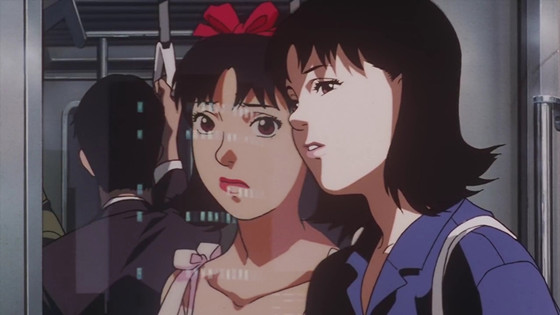
Mima Kirigoe, a member of the largely popular J-pop band Cham, announces that she is to quit her music career, in order to pursue one in acting. The announcement results in a plethora of her fans becoming frustrated, and most of all a known stalker of hers named Me-mania. Subsequently, she discovers a blog that contains details from her everyday life, seemingly written by her. As the time passes, she gradually loses her grip on reality while someone is murdering friends and acquaintances of hers.
Satoshi Kon’s archetypical theme regarding the boundaries between cinema and reality is evident in this film, through the archetype of the pop idol. Kon examines how the persona the fans witness affects the actual personality of the artist. Kon’s elaborate animation and surrealistic notions are present as always, although depicted along much violence and grotesqueness, which his later works did not entail.
12. Princess Mononoke (Hayao Miyazaki, 1997)
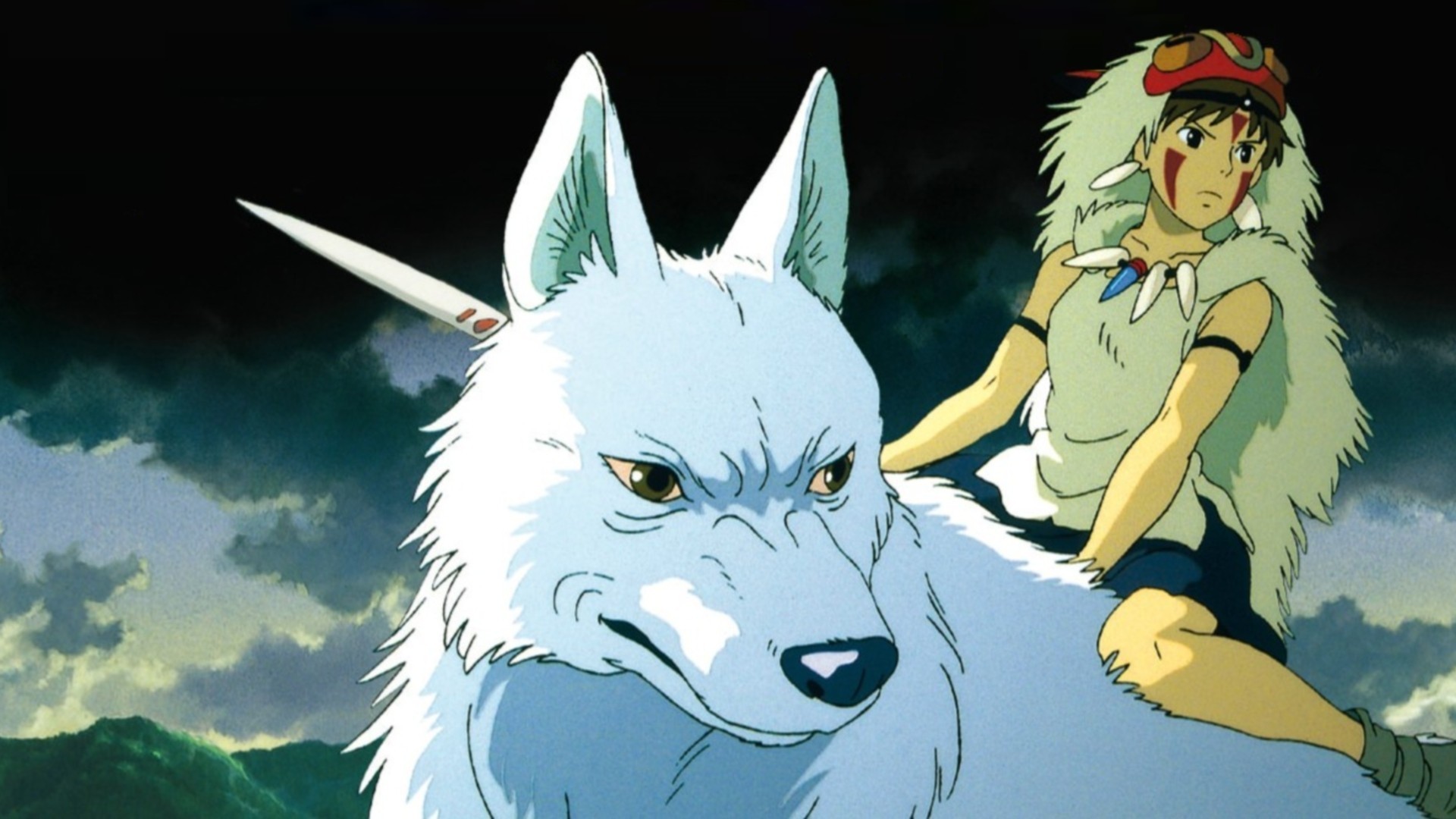
The anime takes place in Muromachi period Japan, and begins when a demon from a nearby forest attacks an Emishi village and Prince Ashitaka, the champion of the village, manages to kills him. However, his hand is infected and eventually the villagers discover that the demon was actually a boar god. In order to find a cure and discover the reason behind the god’s metamorphosis, Ashitaka takes a journey into the woods to find the Spirit of the Forest, who may hold his only hope of recovering.
During his travel, he comes across Princess Mononoke, a girl who was adopted by the god of wolves and was raised among the animals, a fact that resulted in her hating humans. Hayao Miyazaki directed an anime that is chiefly characterized for its diversity, due to the large list of characters appearing in it. All of them, however, add to the script and the general aesthetics of the film.
Furthermore, his ecological and humanistic notions are once more evident and elaborately presented. The drawing and the animation are exquisite as always, and fans of his works will notice the similarities between the main protagonists of this film with the ones from “Nausicaa of the Valley of the Wind.”
13. Jin-Roh: The Wolf Brigade (Hiroyuki Okiura, 1999)
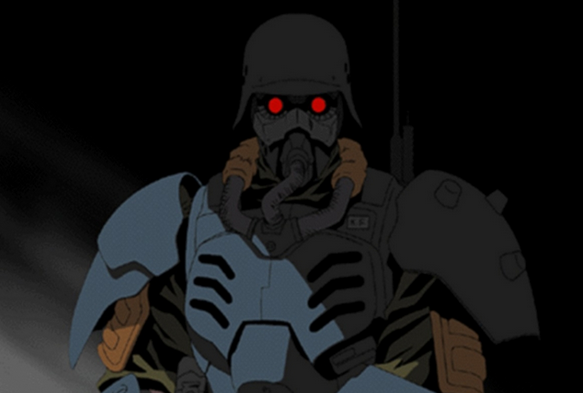
Based on the “Kerberos Saga”, an alternate history universe created by Mamoru Oshii, “Jin-Roh” takes place in 1950s Tokyo, where the insurrection of the people is an everyday event. In order to put down those risings, the government introduces a special police force called Kerberos Panzer Cops. After an explosion during a demonstration, the team is ordered to find and eliminate the terrorist cell responsible, who are hiding in the sewers.
Corporal Kazuki Fuse, during his face-off with an underage female member of the terrorist group, hesitates to kill her, thus resulting in her suicide by detonating a bomb and him subsequently being court-martialed. Eventually he meets the sister of the aforementioned girl and discovers a great secret regarding the forces he serves and a secret group among the ranks of his team, called Jin-Roh.
Hiroyuuki Okiura directed a dark and depressing anime that mostly takes place at night, in sewers and basements and generally in non-illuminated places. However, this contributes to the presentation of a highly evocative atmosphere, where the dark side of the characters can easily grow, at times making them function like animals.
The drawing is elaborate, particularly that of the general appearance of the Kerberos team, which aims and succeeds at creating fear in the viewer. Furthermore, the characters are realistically depicted, the animation smooth and impressive and the violence graphic, though sporadic.